The common wall lizard, Podarcis muralis, is familiar lacertid that occurs in Central and Southern Europe, from northwestern Spain to the Black Sea of Turkey. They can be found in a wide variety of habitats, from coastal plains to high-altitude mountains, with a preference for rocky microhabitats. Because of this, they have become well adapted to urban and suburban settings, where they live among rocky structures, rubble, and debris. Despite its common name, the ‘common wall’ lizard is not reliant on walls and rocks, however. The species has been introduced to North America, most notably in parts of Kentucky, Ohio, and British Columbia, where it goes by the common name European wall lizard. The lizard is active on warm sunny days and feeds on small arthropods and other invertebrates. It is classified as Least Concern by the IUCN with a Stable population. Today we will be looking at Papo’s rendition off this species, and from what I can tell, the only example of this species made in toy or figure form. Papo only marketed the lizard as a ‘common lizard’ which could open up several possibilities for its identification. I suspected early on it represents P. muralis, and now that I have it in hand, there remains little doubt on its identity. The lizard is part of Papo’s new Garden Animals collection, which also includes several figures that were originally released in the Wild Animals line.
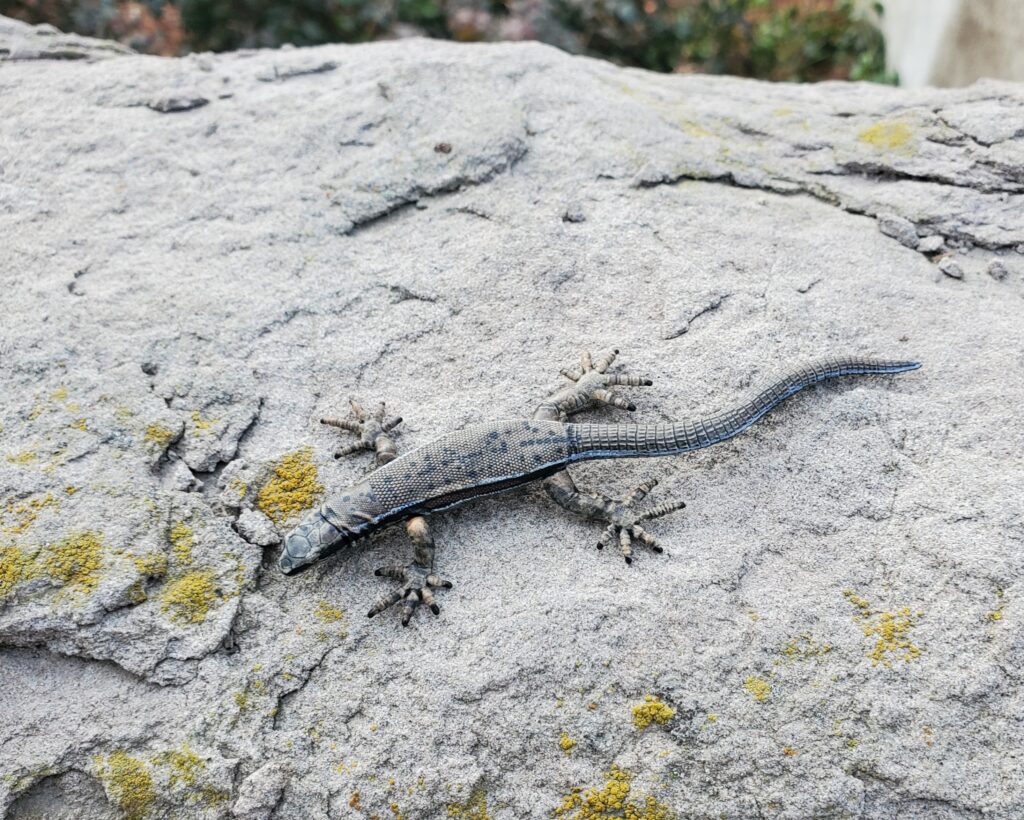
The figure’s raw length is about 11.0 cm. The snout-to-vent length (SVL) is approximately 4.5 cm for a scale of 1:1-1:1.8, depending on sex (it is within scale 1:1 for a small female or just under 1:1 scale for a small male). The lizard is similar in size to those produced by Wing Mau for Club Earth’s Lizards to Go collection in the 1990s.
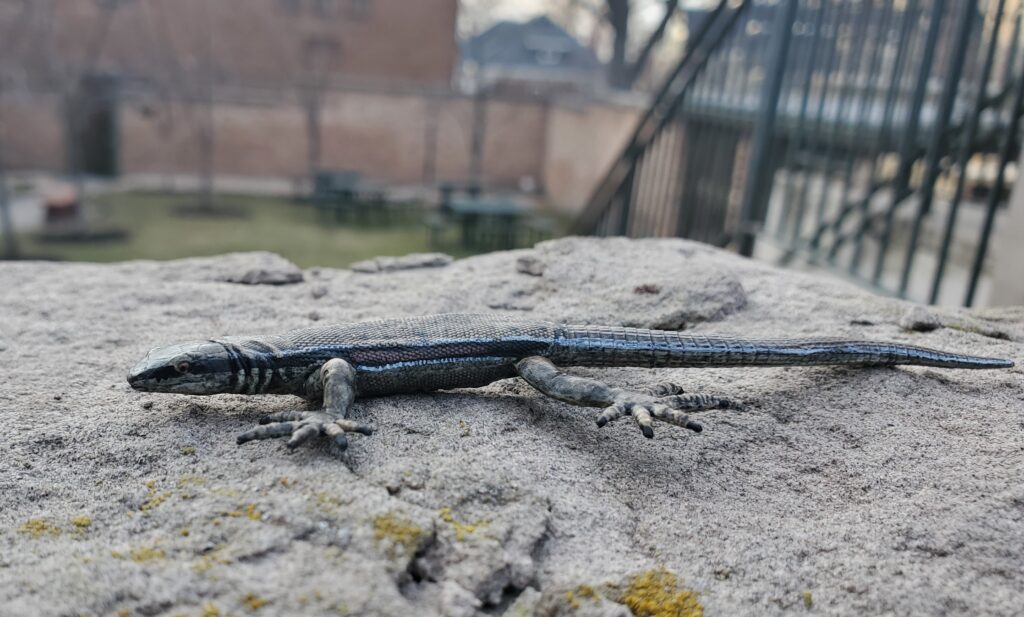
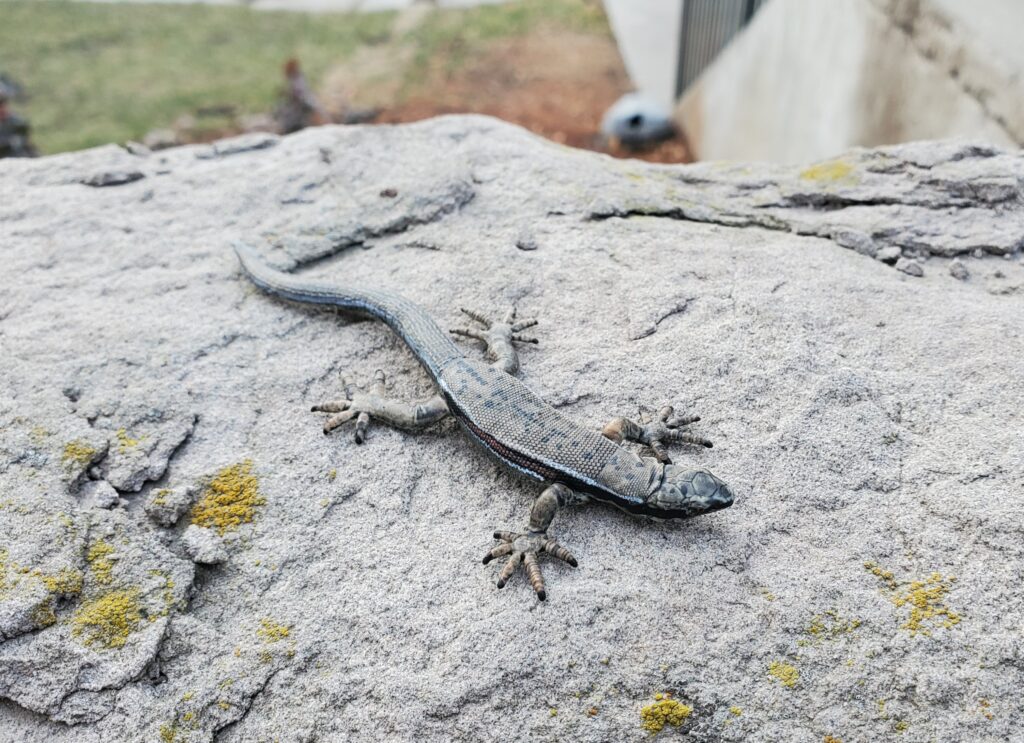
The detail in the sculpt is nothing short of spectacular. Even the smallest scales are represented and while the arrangement of the head scales looks about right, the proportions are slightly off (but this is very very minor). Wrinkles highlight bends in the body, especially around the neck and on the legs. The overall proportions of the body look good, and the toes are not too thick given the model is made of a rather stiff plastic. I suppose over time, rough play could result in toes breaking off, but for a collector I don’t think it will be an issue. What’s interesting about the figure is that in-hand it almost feels like actual lizard skin dorsally.
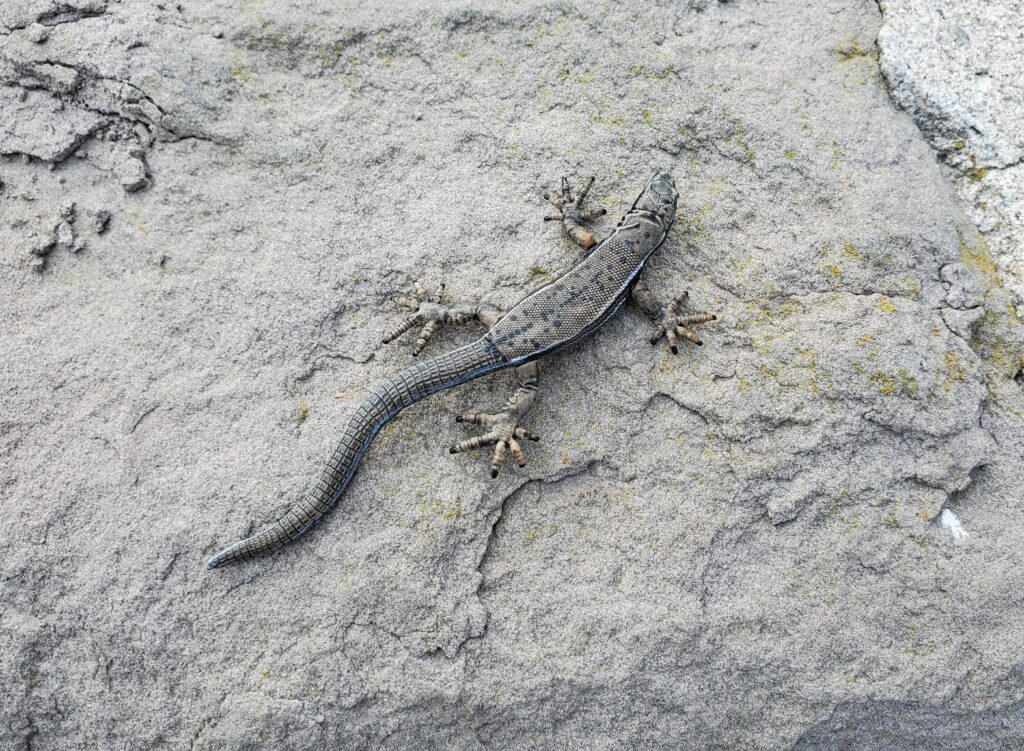

Podarcis muralis has six ‘varieties’ (often regarded as subspecies) and is highly variable in color, even within a subpopulation. The Papo figure appears to either represent the nominate variety, P. m. muralis, which occurs on the Balkan Peninsula, from eastern Austria to Turkey, or P. m. brongniardii, which occurs in France where Papo is based. Characteristic features of these subspecies are the brown stripe along the flanks that continues past the ear opening to the eyes and black maculae on the dorsal surface. Interestingly, the underside shows some black maculae along the sides, which could suggest the population P. m. maculiventris, which occurs in northern Italy, western Austria, southern Switzerland, and extreme southeastern France.

Sometimes I feel like a broken record when I say ‘this figure comes highly recommended to collectors of interesting taxa’. But, once again I feel compelled to repeat it! The detailed texture, accurate color, and small size are all pluses, as an accurate representation of its species that doesn’t take up much shelf space. Available at Happy Hen Toys here in the US, or wherever Papo figures are sold.
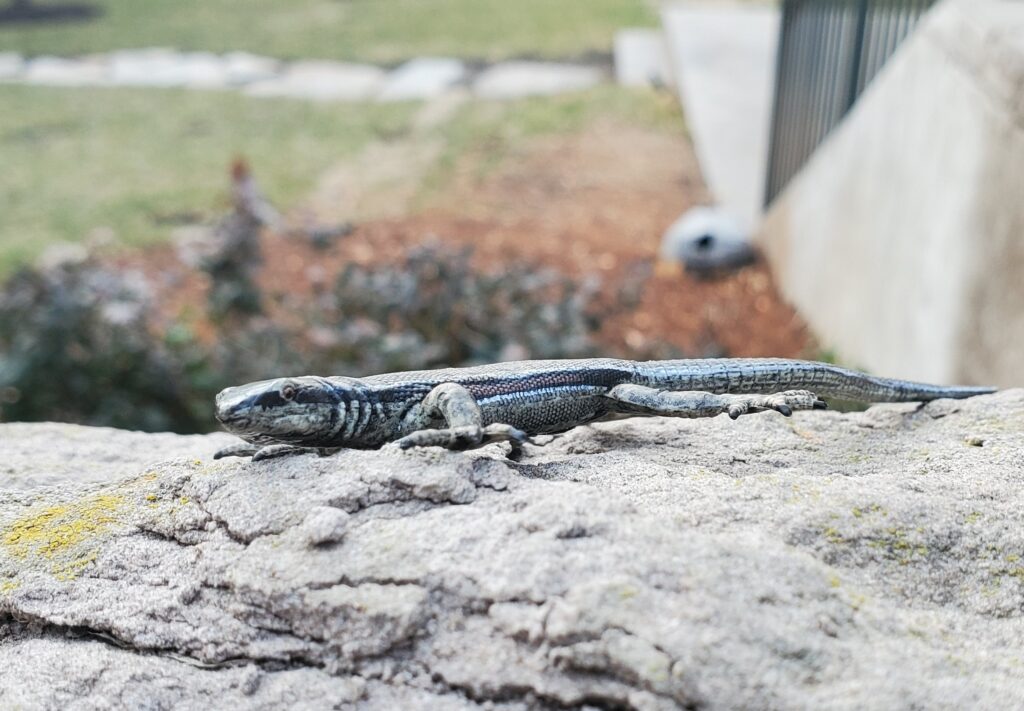
Disclaimer: links to Ebay and Amazon on the AnimalToyBlog are affiliate links, so we make a small commission if you use them. Thanks for supporting us!




This figure looks fantastic, I’ll have to get it. I do find the thickness of the digits off-putting but what can you do?
That’s gorgeous! I think I saw some of these sneaking around the Cincinnati Zoo as food escapees from the snake exhibits. Going on my wish list for sure!
In garden it is very difficult to manually do anything about the lizards. The best thing would be to have plants which deters lizards and maybe eggshells. Other best option is to go for pest control services.